Greece’s Fairytale Villages
- by XpatAthens
- Friday, 19 November 2021
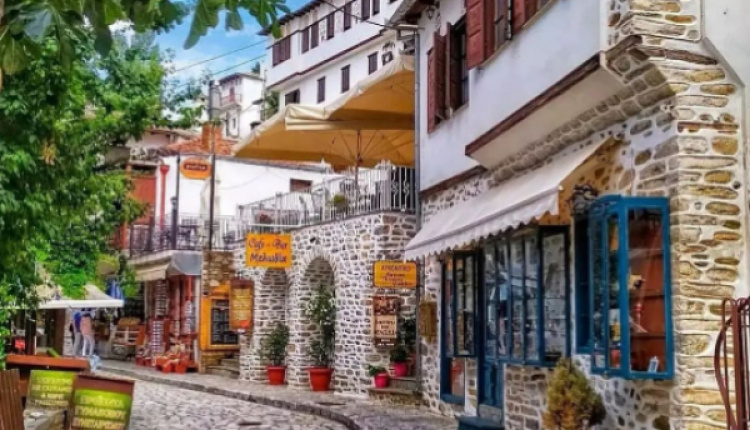
They look like children’s book illustrations; scatterings of small stone houses with tile roofs and flowering gardens, clinging to steep hills in the forest. Others dazzle in bright colors by the water’s edge – their doorsteps right on the quay. Some of Greece’s most picturesque villages will make you feel like you’ve stepped into a very well-curated theme park, portraying the worlds of your favorite fairy tales and dreams.
Here are a few of the villages we always return to whenever reality in the city gets too grim.
Mikro Papigo & Megalo Papigo, Zagori
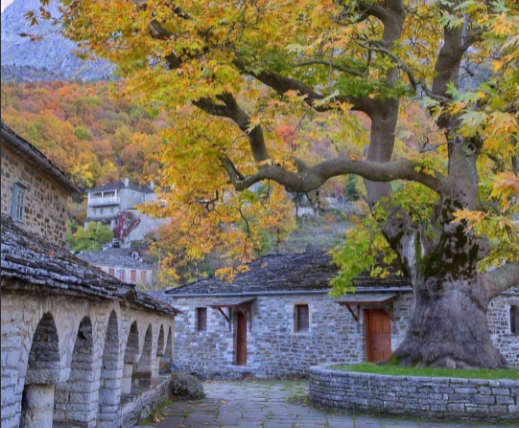
@manostraveller
Two of the most famous stone-built villages in Epirus are Megalo Papigo and Mikro Papigo (big and small Papigo). Located an altitude of 950 and 1,050 meters above the sea respectively, they combine incredible landscapes with high-quality stays at top hotels and guesthouses, built from stone and with slate roofs, in the traditional style of Epirus. On visits here, we enjoy spectacular views of the rocky Astraka Towers and the Vikos Gorge, Zagori’s excellent local cuisine and products, spa experiences and, above all, the warm hospitality of the locals, who are deeply connected to the land.
Olympos, Karpathos
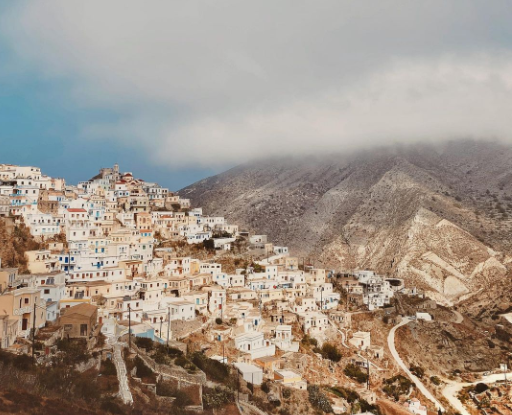
@samiappolonia
Olympos, Karpathos

@samiappolonia
The traditional village of Olympos, on Karpathos, is special in many ways. Many travel here to experience the serenity of what seems to be a place where time has stood still; wandering around the village, you might see women working their looms, artists painting ceramic plates, or a cobbler at work on a pair of boots. But besides that, Olympos is also about as picturesque as villages come. The view of it from afar reminds us of legos on a hill, and the view from the balconies of the houses is unbeatable.
Pyrgi, Chios
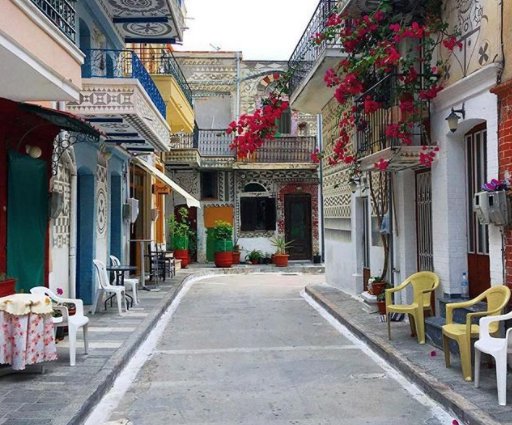
@ozguroksuzz
On the island of Chios, there’s a group of traditional villages known worldwide as the “mastichohoria” (mastic villages), named for the mastic industry that long underpinned their economies. The most stunning of these villages is Pyrgi, famous for the black-and-white geometrical patterns on the village houses – “etchings” formed using the black sand from Mavra Volia and drawn with a fork on a thin undercoat of lime.
Makrinitsa, Pilio
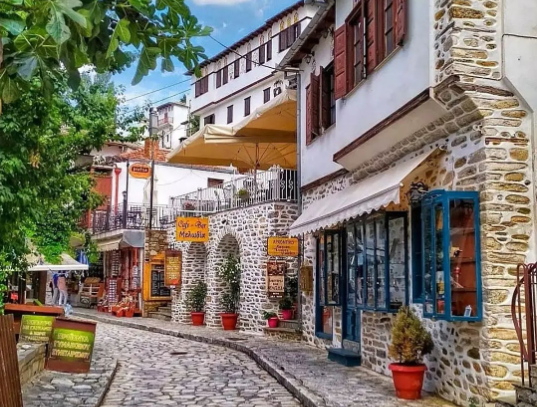
@aba_tziz
Justifiably described as “the balcony of Pilio,” the views of Volos and the Pagasetic Gulf from Makrinitsa are unique, but your eyes are more likely to wander to the pretty stone buildings and the unusual rough stone paving on the streets, which is difficult to walk on (don’t wear heels here), but practical when it snows in the winter, and very pretty. In the square under the plane trees there is a marble fountain with four bronze lion heads; legend has it that its water confers immortality.
Mikro Horio & Megalo Horio, Evritania
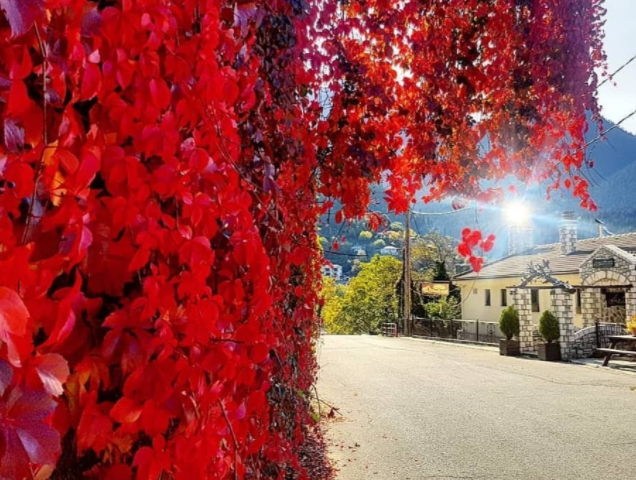
@elladamesaapofotografies
On the hills above the town of Karpenissi, you’ll find the traditional settlements Megalo Horio (literally “big village’) and the old and new Mikro Horio (“small village”). The former is the most touristy, featuring cafés and pastry shops lining the main road as well as shops selling local products, catering mainly to the coach loads of visitors to the Monastery of Prousiotissa.
On the opposite hillside is the Palio Mikro Chorio (“old small village”), which was cut in two by a landslide in January of 1963, and retains architectural elements that make it much more interesting than Neo Mikro Chorio (“new small village”), which was built further down by the survivors who had lost their homes.
To read this article in full, please visit: greece-is.com



